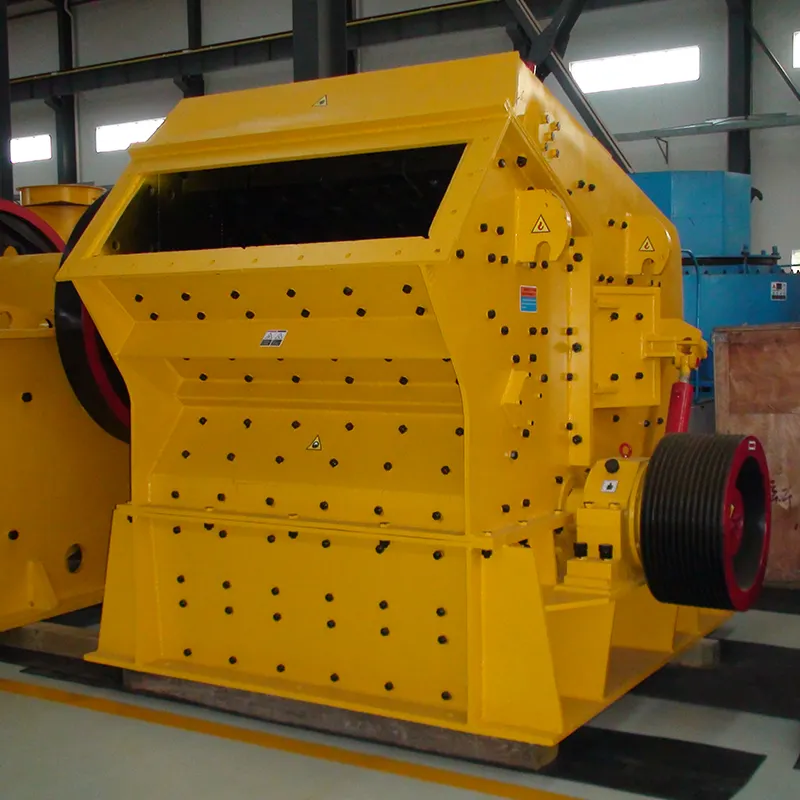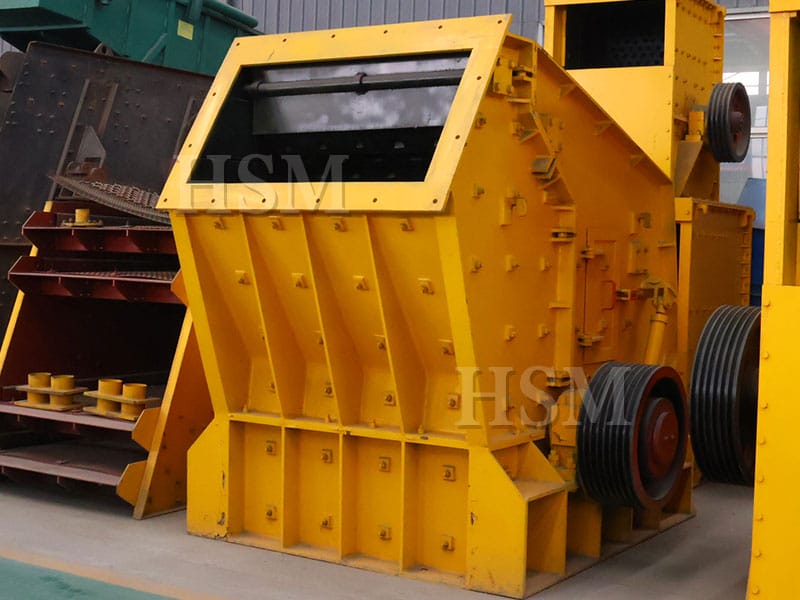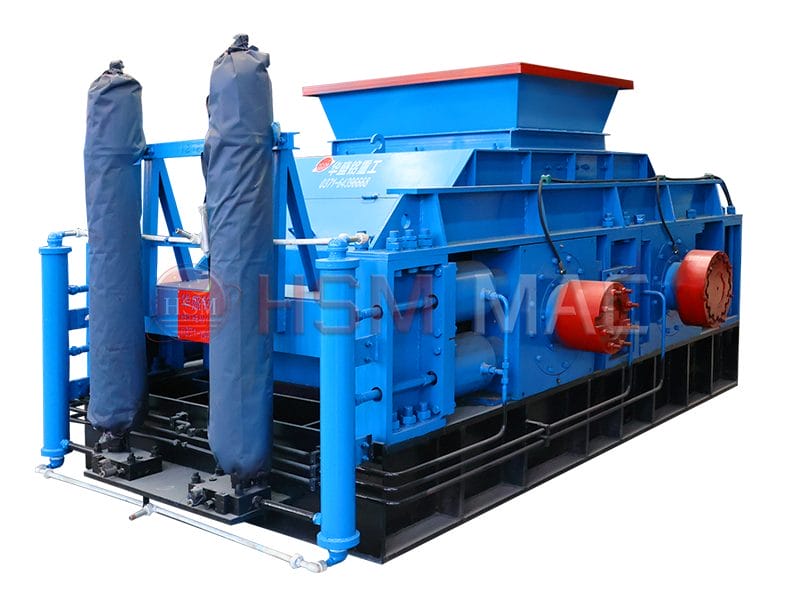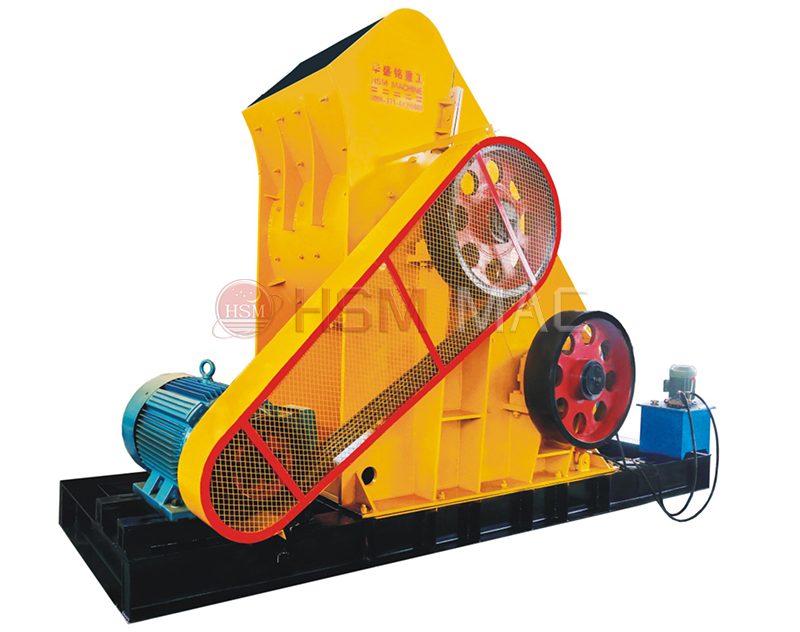
The impact crusher is widely used in industries such as mining. And construction for reducing large pieces of material into smaller particles. However, during long-term use, due to improper operation, inadequate maintenance, or equipment aging, various faults may occur, affecting production efficiency. This article will explore several common causes of failure and their solutions.
Causes of Impact Crusher Failure
Firstly, wear is one of the most common issues with impact crushers. Key components such as impact plates and hammers gradually wear down from prolonged high-load operation. Leading to a decline in crushing performance. Regular inspection and timely replacement of severely worn parts can effectively extend the service life of the equipment.
Secondly, overloading operation is also a significant factor causing failures. When the particle size of the material is too large or the feeding rate exceeds the design capacity, it can easily lead to motor overheating, bearing damage, and other problems. Therefore, operators should strictly control the feed size and speed to avoid overloading.
Moreover, poor lubrication accelerates the friction loss between mechanical parts, causing phenomena such as temperature rise, abnormal noise, or even jamming. Ensuring sufficient lubricant quantity and good sealing performance is crucial for preventing such failures.
Lastly, electrical system failures cannot be overlooked. Loose cable connections, burnt contactors, and other situations may result in the equipment failing to start properly or suddenly shutting down. During routine maintenance, electrical components should be inspected regularly, and any issues found should be repaired promptly.
In summary, by strengthening daily management and maintenance, the frequency of impact crusher failures can be significantly reduced, ensuring the continuity and stability of production. For faults that have already occurred, professional diagnosis based on specific circumstances and corresponding repair measures are required.














